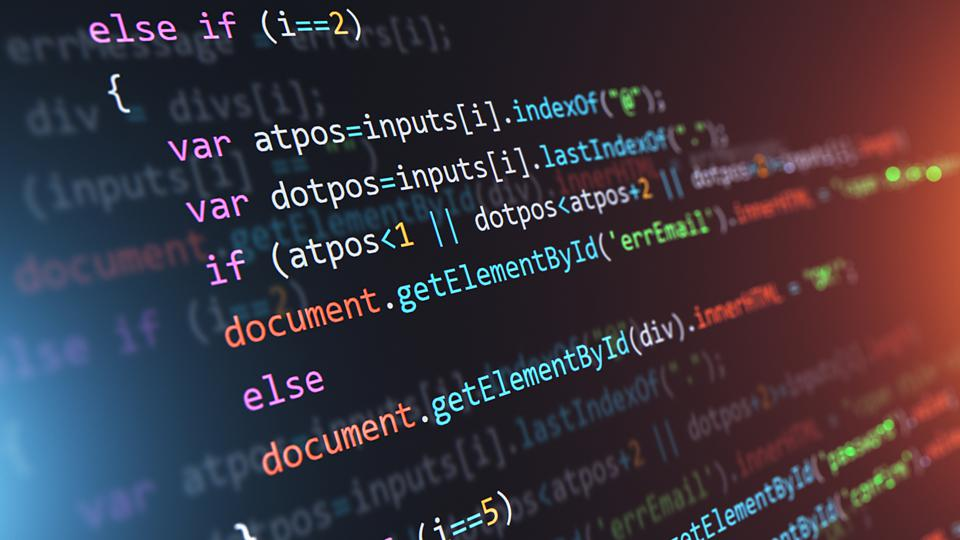The code never lies, however it very well may be repudiated. A few inconsistencies lead to those “how accomplishes this work?” Moments.
In a meeting , the lead planner of the Apollo 11 lunar module programming, Allan Klumpp, uncovered that the product that controlled the motors had a bug that made the lander flimsy. In any case, another bug was made up for by the first and the product was utilized for the Apollo 11 and 12 lunar arrivals before the bug was found and fixed.
Consider a capacity that profits a fulfillment status. Envision that it returns falsewhen a should bring valid back. Presently envision that the capacity call neglects to check the bring esteem back. Everything turns out great until one day somebody sees the absence of confirmation and additions it.
Or on the other hand consider an application that stores its state in a XML record. Envision that one of the hubs is incorrectly spelled as “TimeToLive” rather than “TimeToDie”, as the documentation says it ought to. Everything appears all good as long as the composing code and the perusing code both contain a similar blunder. Be that as it may, fix one, or add another application to peruse a similar record, and the balance is broken, just like the code.
At the point when two blemishes in the code make a noticeable defect, the methodological way to deal with fixing the imperfection can, without anyone else, break it. The engineer gets a bug report, discovers the imperfection, fixes it, and tests it once more. In any case, the detailed disappointment actually happens, because of a second deformity in activity. So the main fix is removed, the code is examined until the subsequent imperfection is found, and a fix is applied. Yet, the main deformity has returned, the announced bug is as yet obvious, so the subsequent fix is undone. The interaction is rehashed, however now the designer has excused two potential arrangements and is searching for a third, which won’t ever work.
The collaboration between two code imperfections that show up as an obvious defect makes the issue hard to fix, yet additionally drives designers down impasses, just to find that they attempted the right answer from the beginning.
This doesn’t occur just in code: the issue likewise exists in composed necessities records. What’s more, it can spread, virally, starting with one spot then onto the next. A mistake in the code makes up for a blunder in the composed depiction.
It very well may be reached out to individuals as well: clients discover that when the application says “Left” it signifies “Right”, so they change their conduct, even give it to the new client: “recall that the application says to tap the catch left when it truly alludes to the correct catch “. Fix that bug and unexpectedly clients need retraining.
Basic bugs can be not difficult to see and fix. It is the issues with various causes, that need numerous changes, that are hard to settle. Part of the way this is on the grounds that simple issues will in general be fixed moderately rapidly, and more troublesome ones are left to a later date.
There is no basic guidance that can be given on the most proficient method to find flaws emerging from thoughtful deformities. You need to understand the chance, an unmistakable head, and an ability to think about all prospects.







